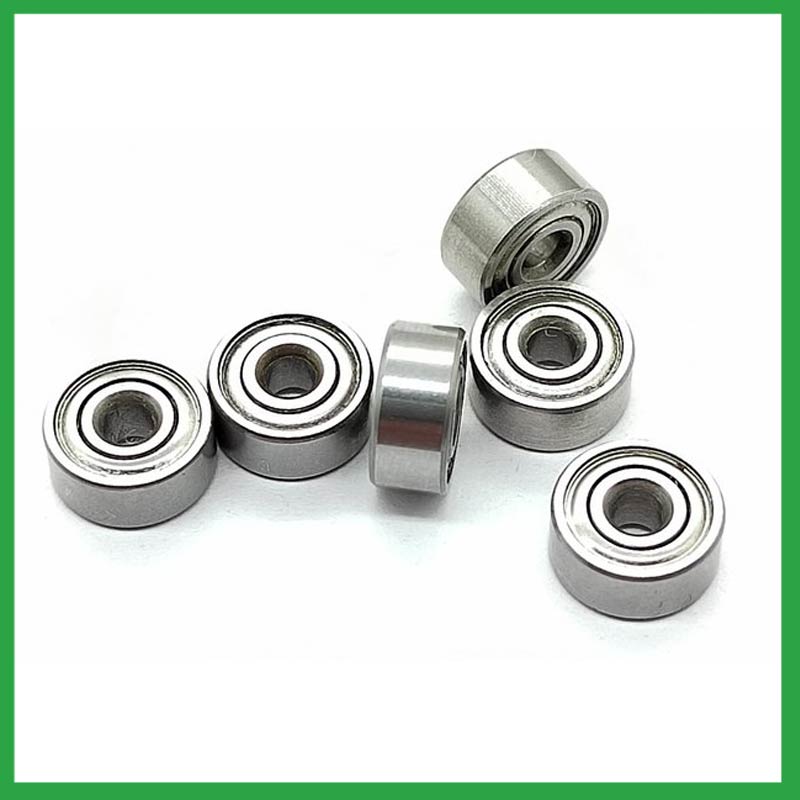PRODUCTS
CONTACT US
Ningbo Nide International Co., Ltd.
一一
· Contact person:Jack Zeng
· Mob/Whatspp/WeChat:0086-13738869026
· Email:emarketing@nide-group.com;marketing4@nide-group.com
· Add:No. 169, Wohushan Road, Daqi Subdistrict, Beilun District, Ningbo, China

Nide team could manufacture ball bearing as per customer’s drawing and samples.
If customer only has samples, we could also design drawing fo r our customer.
We also provide customized service.
Our ball bearing is widely applied the different industrials.
Established in 2010, Haishu Nide International Co., Ltd is a modern enterprise specializing in the production of high-density bearings, with a factory area of over 9000 square meters. We have an excellent staff team, excellent production lines, and complete testing methods. Our main products are spherical roller bearings, cylindrical roller bearings, commutator,ball bearing,shaft,carbon brush,motor cover and lamination,magnet, etc.
At present, our products have been sold to Africa,Oceania,America and other regions, as well as more than 50 countries and regions such as Bulgaria,Slovakia,Cocos (Keeling) Islands,Guadeloupe. Strict quality control system, plus strong technical team allow us to offer the reliable machines to our customers. The philosophy of ” Service, Profession, Prompt, Innovation” help us to win the customer favor.
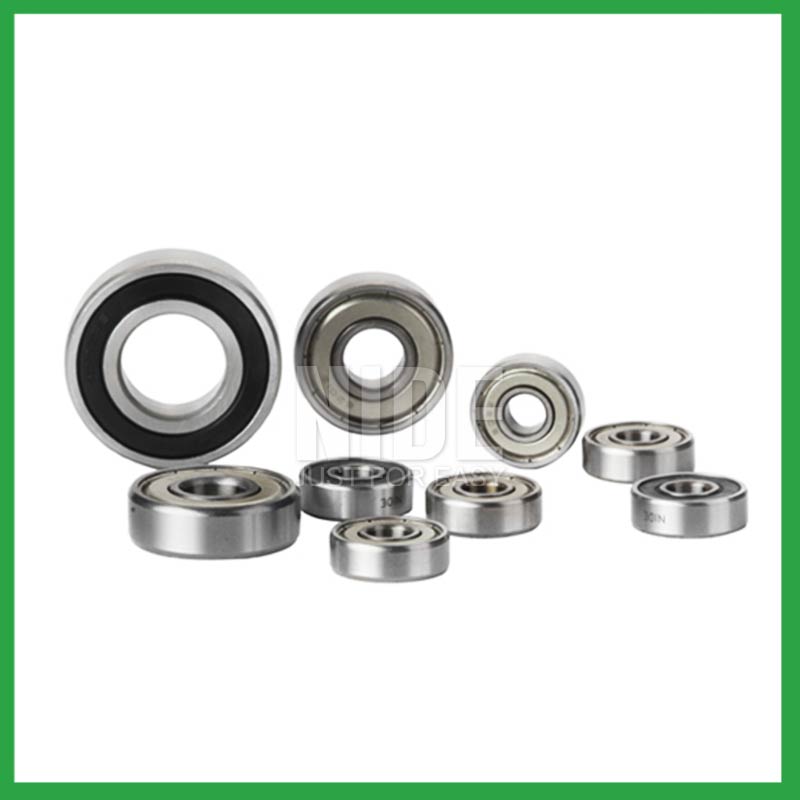
| Parameter | Information |
| Product Name | detent ball bearing |
| Place of Origin | China |
| Brand Name | Nide |
| Material | ceramics, etc. |
| Type | Ball |
| Warranty | 3months-1year |
| Port | Ningbo/Shanghai |
| Application | fan electric motor, etc. |
| Size(mm) | customize |
| Color | gray+customized |
| Precision Rating | as per customer's requirement |
| Certification | ISO 9001 Certification,CE-stator coil lacing machine,CE-stator coil forming machine,etc |
| Feature | Good wear resistance,Low Noise...etc |
| Packaging Details | Suitable for sea transportation |
| Service | one-stop service |
| Model Number | ball bearing |
| Supply Ability | 100000-500000 Piece/Pieces per Month |
| Lead time (days) | 15-20 (To be negotiated) |
Please note: The above table data is for reference only. For specific information, please contact us.
detent ball bearing is a component with a ball as the rolling element, consisting of an inner ring, an outer ring, and a ball. They form a closed raceway between the rings, and the ball rolls through a curved surface in the raceway.
During the disassembly process, the outer shell should be kept intact to avoid unnecessary damage;
When replacing installation components, attention should be paid to the accuracy of the support components to prevent deformation;
During the disassembly process, attention should be paid to protecting the surface quality of the ball bearing to ensure its performance;
During the operation, attention should be paid to removing surface dust to ensure the quality of the ball bearing.
Ball bearings have many advantages, making them highly competitive in the market.
Firstly, they are very durable and have good wear performance, making their service life longer than many other types of bearings.
Secondly, they are easy to install and can provide low friction performance in various applications.
Thirdly, they require a relatively low level of maintenance, making them cost-effective.
In addition, compared to many other types of bearings, their purchase cost is relatively low, making them an economical choice.




detent ball bearing---FAQs Guide
2.How do manufacturers address concerns related to bearing noise and vibration in sensitive equipment?
3.What are the advancements and innovations in detent ball bearing technology that have emerged in recent years?
4.What is the typical noise level associated with detent ball bearing, and how are noise-reduction techniques applied?
5.What is a ball bearing?
6.How do preloaded detent ball bearing enhance rigidity and reduce clearance in high-precision applications?
7.What is the role of detent ball bearing in reducing friction and energy loss in rotating machinery?
8.What maintenance practices are recommended to extend the lifespan of detent ball bearing and prevent premature failure?
9.How do preload adjustments in detent ball bearing affect their performance and suitability for high-precision tasks?
10.Are there hybrid detent ball bearing that combine steel rings with ceramic balls to optimize performance in demanding applications?
11.Can detent ball bearing be customized with special coatings or treatments to meet specific industry standards or regulatory requirements?
12.Can detent ball bearing handle shock loads and high-impact conditions in heavy machinery?
13.Are there miniature detent ball bearing designed for use in precision instruments and small-scale mechanisms?
14.How do cage designs affect detent ball bearing speed and acceleration capabilities in high-speed machinery?
15.What are the considerations for selecting sealed or shielded detent ball bearing to protect against contamination and retain lubrication?
1.How do detent ball bearing handle radial loads, axial loads, and combined loads, and what are their load-carrying capacities?
The type of bearing used also varies between these loads. While deep-groove detent ball bearing are better equipped to handle radial loads, thrust ball bearings are designed for axial loads. However, it's essential to note that most bearings, such as angular contact ball bearings, can handle both radial and axial loads.The Bearing Static Capacity, Co, is the maximum load that can safely be applied to a non-rotating bearing that will not cause subsequent bearing operation to be impaired. It is based on calculated contact stress at the center of the most heavily loaded rolling element where it contacts the Inner Race.
2.How do manufacturers address concerns related to bearing noise and vibration in sensitive equipment?
From a detent ball bearing manufacturing perspective, a low noise or vibration rating is achieved by paying attention to the surface finish of the raceways and balls, their roundness, and selecting the correct cage design. Finely filtered low noise greases can also be used to reduce vibrations.
3.What are the advancements and innovations in detent ball bearing technology that have emerged in recent years?
Significant advancements have been made in detent ball bearing steels over the years. Modern, ultra-clean bearing steels contain fewer and smaller non-metallic particles, giving ball bearings greater resistance to contact fatigue.
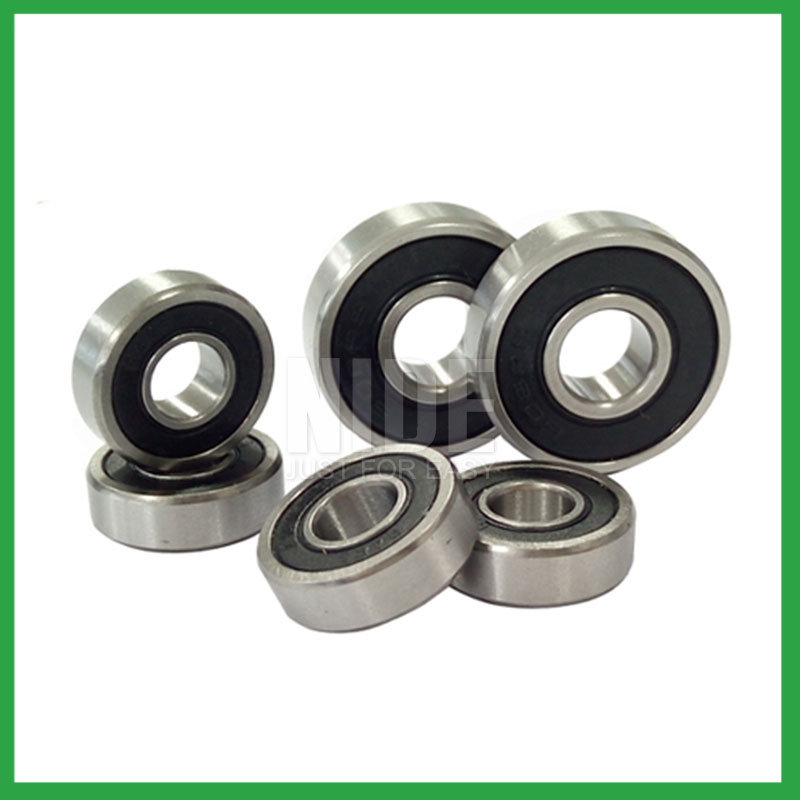
4.What is the typical noise level associated with detent ball bearing, and how are noise-reduction techniques applied?
To measure in accurate way the detent ball bearing noise under rotation during their manufacturing process is a key activity particularly in the production of medium, small and ultra-small deep groove ball bearings. This capability in bearings noise analysis has become the real distinguishing element between a standard bearings noise equipment and a superior class one.
The various types of vibration and sound in rolling bearings can be grouped in four main categories: structural, manufacturing, handling and other. The structural vibration consists mostly of race, click, squeal and cage noise: it can be continuous or intermittent depending on specific cases. The manufacturing vibration is instead related to the waviness noise generated by the geometrical imperfections of inner and outer ring and of rolling elements, being always continuous in nature. The so-called handling vibration is normally associated with flaw and contamination and is generating – in most of the cases – irregular noise. Then there are other types of vibrabition that include noise generated by sealing and lubricant (irregular) or by runout (continuous).
5.What is a ball bearing?
A ball bearing is a type of rolling-element bearing that uses balls to maintain the separation between the bearing races.
The purpose of a ball bearing is to reduce rotational friction and support radial and axial loads. It achieves this by using at least two races to contain the balls and transmit the loads through the balls. In most applications, one race is stationary and the other is attached to the rotating assembly (e.g., a hub or shaft). As one of the bearing races rotates it causes the balls to rotate as well. Because the balls are rolling they have a much lower coefficient of friction than if two flat surfaces were sliding against each other.
Ball bearings tend to have lower load capacity for their size than other kinds of rolling-element bearings due to the smaller contact area between the balls and races. However, they can tolerate some misalignment of the inner and outer races.
6.How do preloaded detent ball bearing enhance rigidity and reduce clearance in high-precision applications?
Enhance Rigidity: By applying a controlled axial force, preload increases the bearing's resistance to external forces and moments. This heightened rigidity is essential in applications where any deflection or misalignment must be minimized, such as in machine tools or robotic systems.
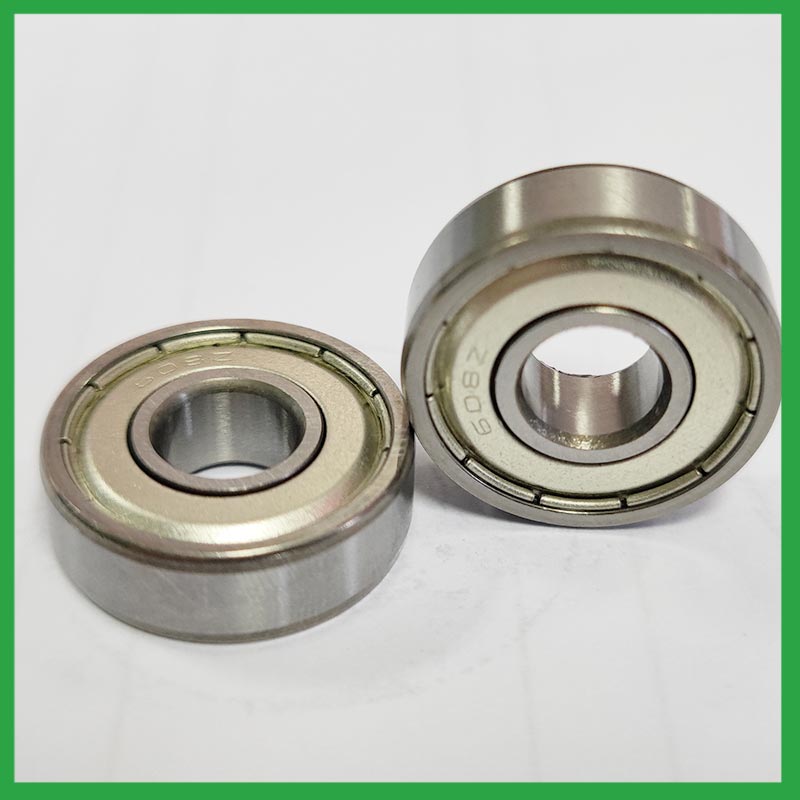
7.What is the role of detent ball bearing in reducing friction and energy loss in rotating machinery?
detent ball bearing reduce friction by using smooth balls lubricated with oil or grease that freely roll between a smooth inner and outer surface. The main concept of the ball bearing is that objects that roll past each other produce less friction than if the objects were sliding against each other.
8.What maintenance practices are recommended to extend the lifespan of detent ball bearing and prevent premature failure?
Proper handling and installation of detent ball bearing is essential to preventing premature failure. Ensure that bearings are stored and transported in a clean, dry, and vibration-free environment. During installation, ensure that bearings are properly aligned, and torque is applied correctly.
9.How do preload adjustments in detent ball bearing affect their performance and suitability for high-precision tasks?
Benefits of Preloading a Bearing
Optimizes the ball spin to roll ratio.
Increases the rigidity of an application.
Protects from excessive ball skidding.
Decreases application vibration and sliding friction.
High running accuracy (even if load conditions keep changing)
Increases bearing load capacity.
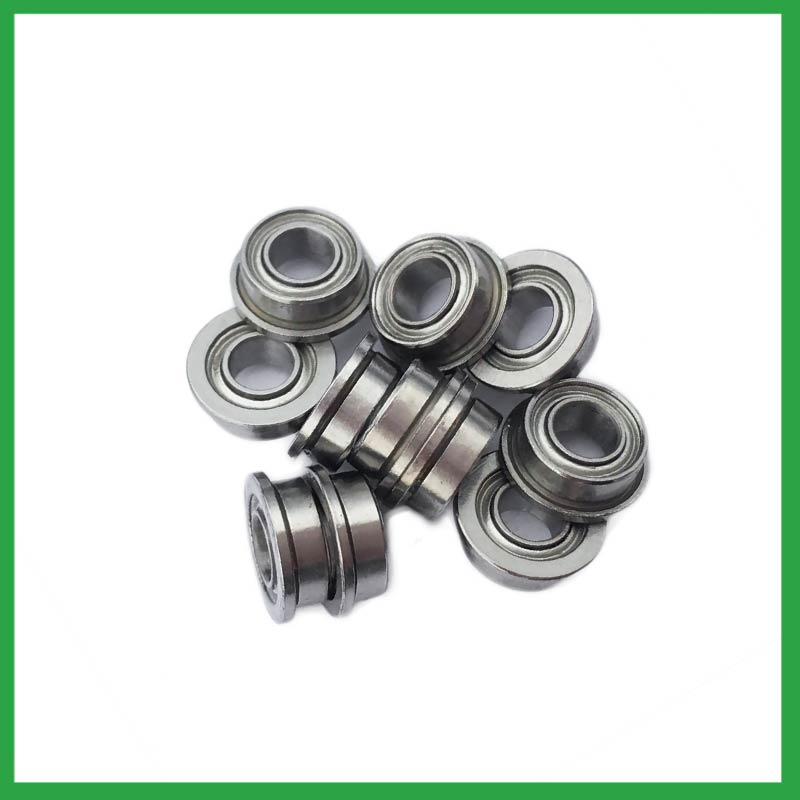
10.Are there hybrid detent ball bearing that combine steel rings with ceramic balls to optimize performance in demanding applications?
Hybrid Ceramic detent ball bearing. Ceramic ball bearings (also known as hybrid bearings) are the one component that'll easily optimize the performance of your application. Hybrid bearings have ceramic (silicon nitride, Si3N4) balls and 52100 bearing steel rings.
11.Can detent ball bearing be customized with special coatings or treatments to meet specific industry standards or regulatory requirements?
Yes, detent ball bearing can be customized with special coatings or treatments to meet specific industry standards or regulatory requirements.
1. Corrosion-resistant coatings: These coatings are used to protect the bearings from corrosion caused by exposure to moisture, chemicals, and other corrosive substances.
2. High-temperature coatings: These coatings are used to improve the thermal stability and performance of bearings in high-temperature environments.
3. Food-grade coatings: These coatings are specially designed for applications in the food and beverage industry, where bearings come into contact with food, beverage, or pharmaceutical products.
4. Anti-static and non-conductive coatings: These coatings are used to dissipate static electricity, which can cause damage to electronic components.
5. Specialized lubrication treatments: Bearings can be treated with specialized lubricants that meet specific industry standards or regulatory requirements.
12.Can detent ball bearing handle shock loads and high-impact conditions in heavy machinery?
As a general rule, detent ball bearing are used at higher speeds and lighter loads than are roller bearings. Roller bearings perform better under shock and impact loading. Ball bearings tolerate misalignment better than roller bearings do. Roller bearings can handle heavy combined radial and thrust loads.
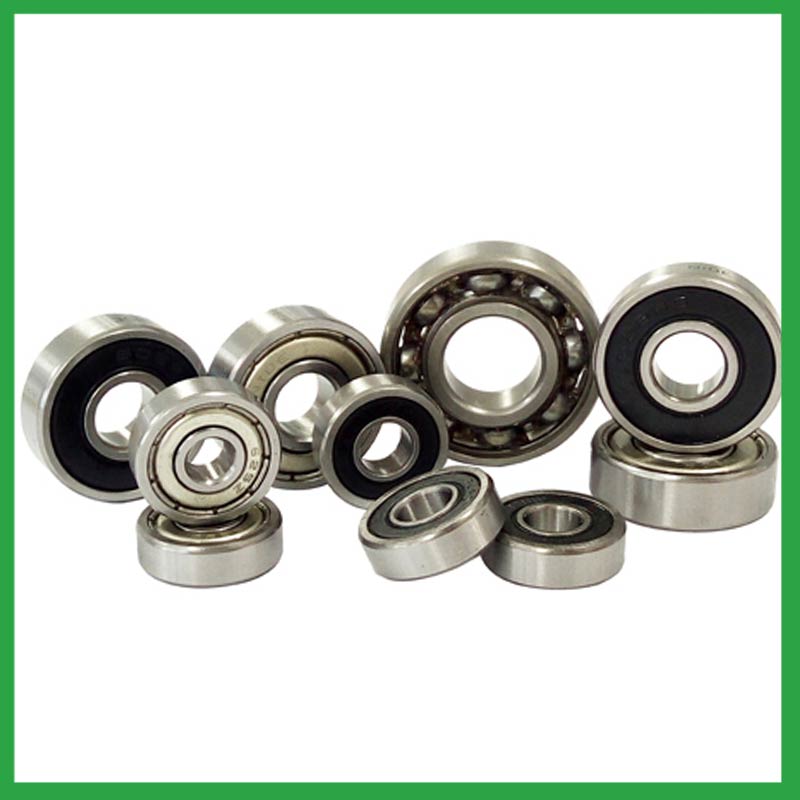
13.Are there miniature detent ball bearing designed for use in precision instruments and small-scale mechanisms?
Miniature bearings, despite their small size, play a significant role in various industries and applications. These compact powerhouses, typically measuring less than one inch in outer diameter, offer exceptional precision, durability, and reliability. Miniature bearings find extensive use in precision instruments and robotics.
14.How do cage designs affect detent ball bearing speed and acceleration capabilities in high-speed machinery?
In high-speed detent ball bearing, external load has a great effect on cage stability and sliding ratio, especially for the bearings at work in the starting process. The cage stability is worse in the beginning of the bearing starting process. The axial load greatly influences cage dynamic performance in the bearing starting process.
In addition, while ball bearings worked under steady conditions, axial load and radial load both have a great influence on cage dynamic performance. The effects of axial load on cage dynamic performance during the bearing starting process are opposite from the effects under steady conditions.
15.What are the considerations for selecting sealed or shielded detent ball bearing to protect against contamination and retain lubrication?
First, the environment in which your detent ball bearing operate in can help you identify potential contaminants, allowing you to select your shields or seals accordingly. For example, shielded bearings have a gap that can allow finer contaminants or water from washdown applications to enter the bearing and get into the raceways.The challenge for sealing bearings is to seal the bearing by protecting the bearing from contaminants and running efficiencies.
